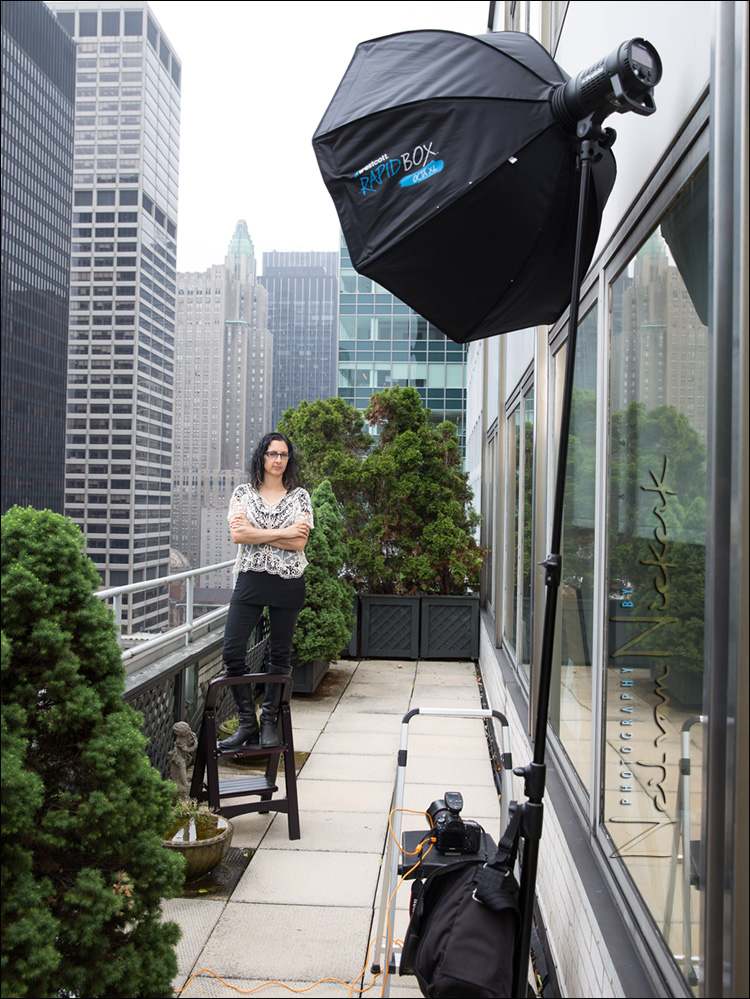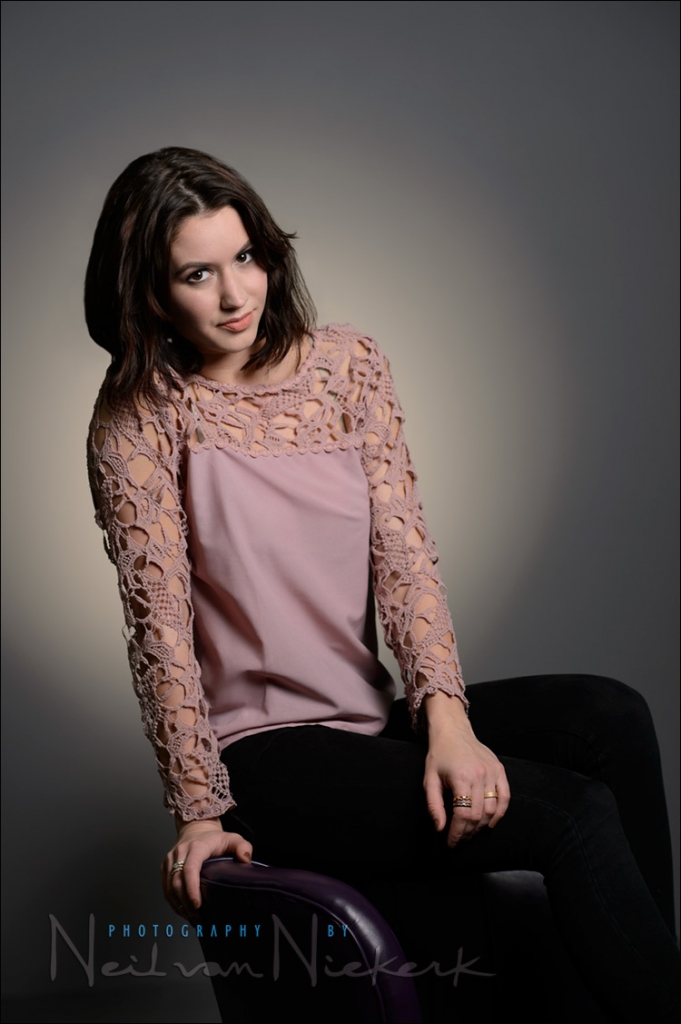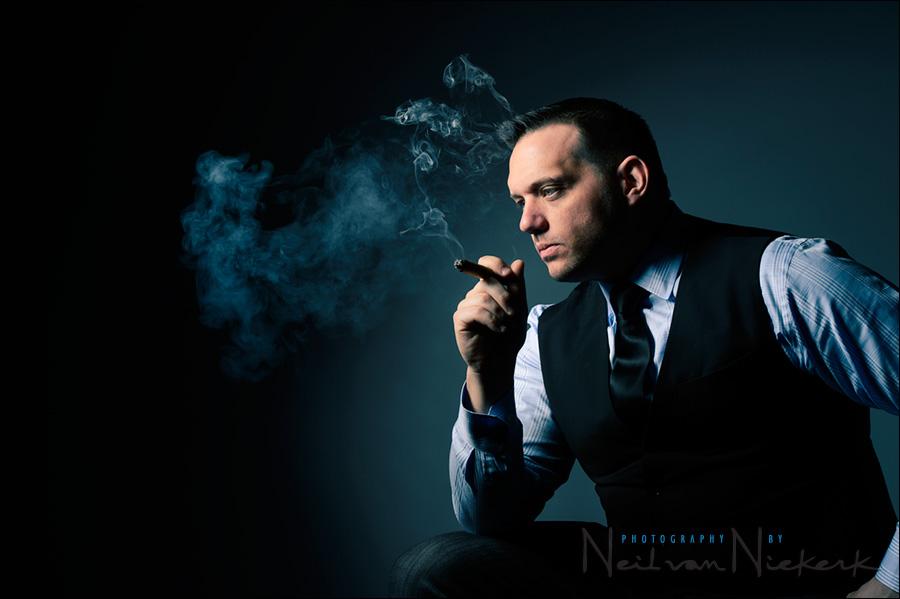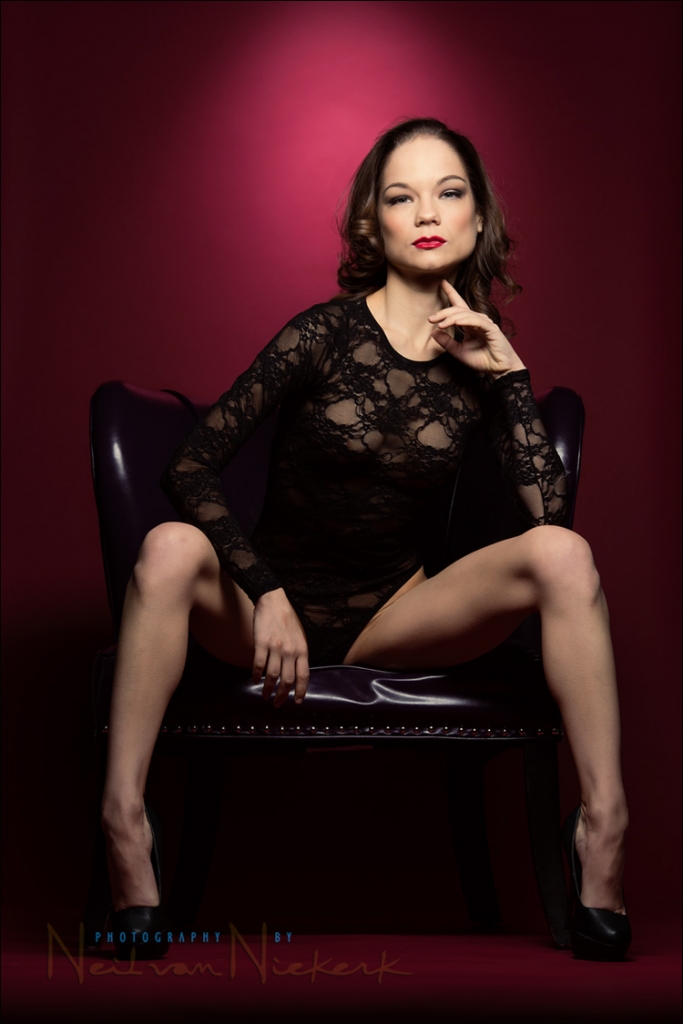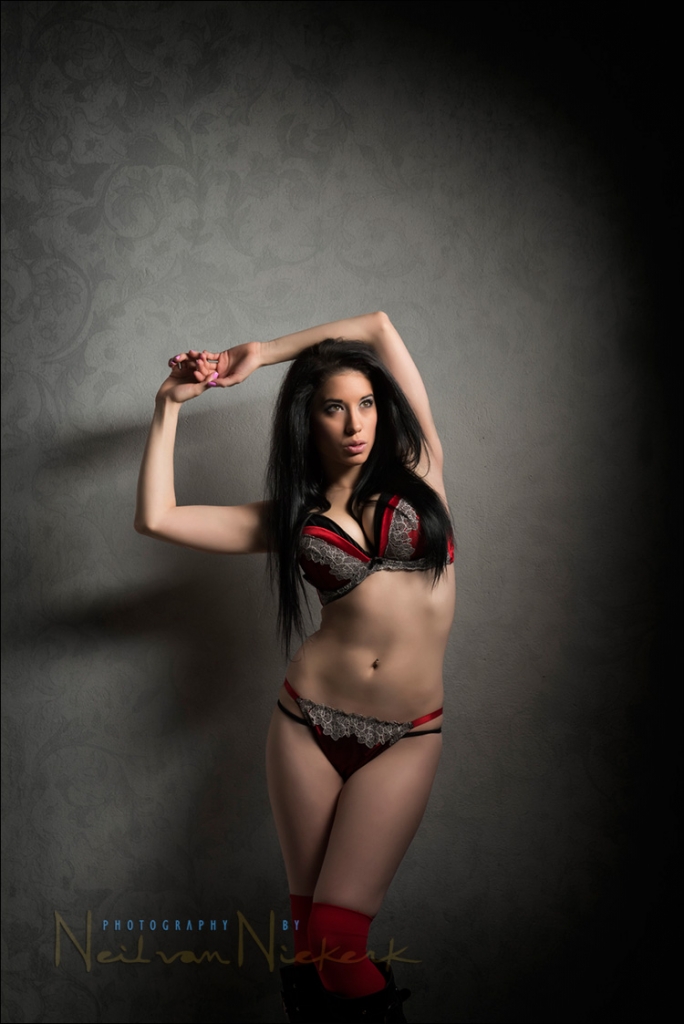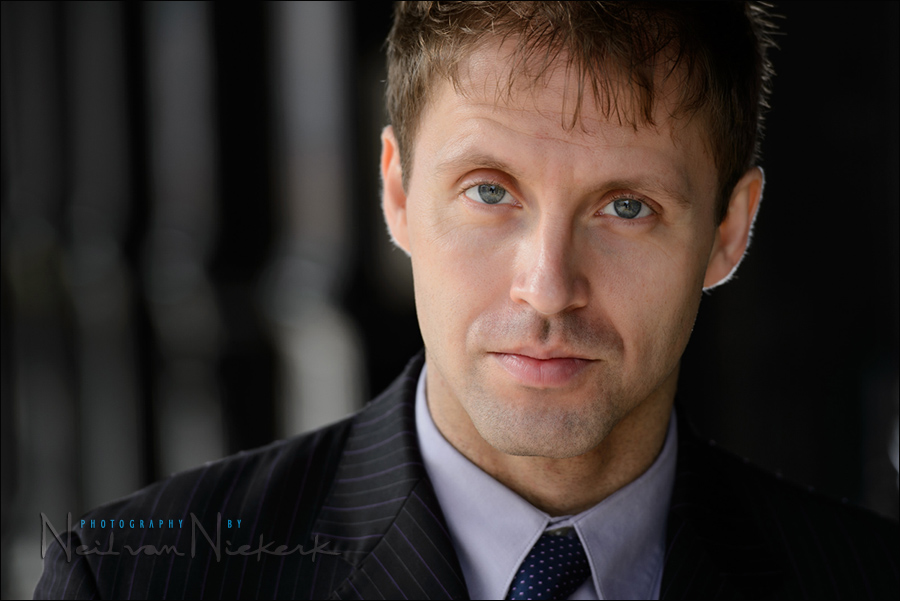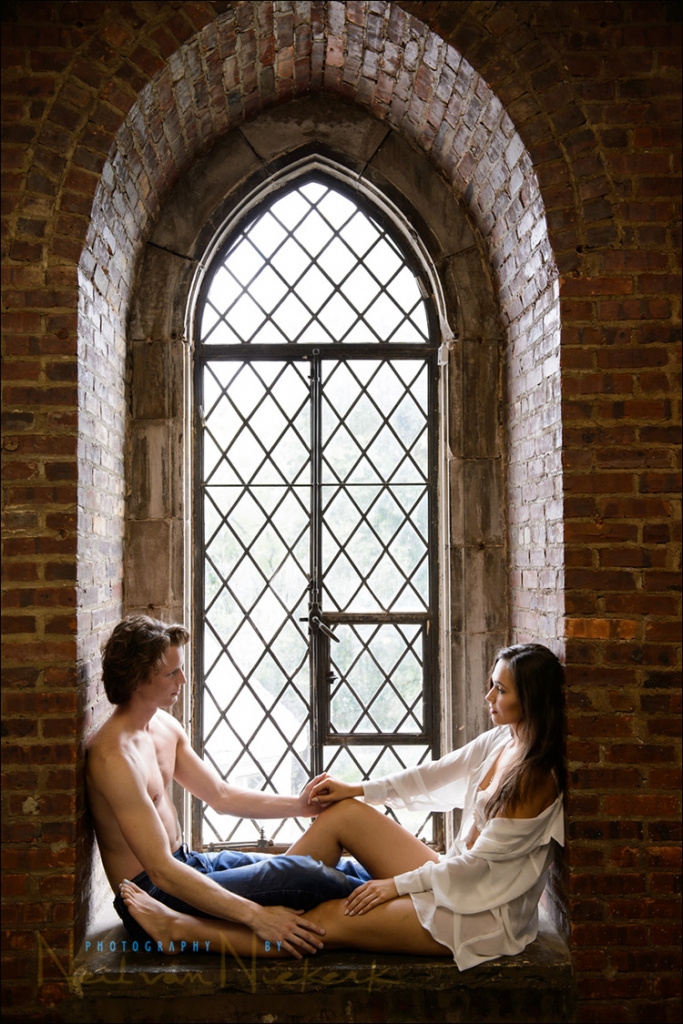Best softbox for on-location headshot photography
Best portable softbox for on-location headshot photography
I vary the lighting kit that I use for on-location portraits and headshot photography. It could involve multiple lights, or a single-light setup on location. My choice of lighting is most often decided by how complex it need to be, and the logistics of getting to the location and setting up. More than struggling with something, I detest the appearance of struggling with something. Let me explain - when working with clients, it all needs to appear smooth and efficient. Everything in place, and professional. No struggling Read more inside...Posing people: Tips for improving your portrait photos
Posing people: Tips for improving your portrait photos
Throughout the numerous articles on the Tangents blog, I'm often asked about how I go about posing people. I've described some of it in the article, adjusting a pose with incremental changes. Instead of a traditional way of posing, it's mostly a "feel" thing, looking at my subject and seeing if there are elements that could be better balanced. This studio portrait of a model, Adrienne, doesn't follow rigid guidelines of formal portraiture. Her shoulder is a little scrunched up, and her head is tilted to the side. Yet, to my eyes, Read more inside...Flash photography tutorial: Balancing flash & ambient exposure
Flash photography tutorial: Balancing flash & ambient exposure
This topic - balancing flash and ambient exposure - seems to one that many newer photographers struggle with. The big hurdle seems to be the basic starting point - how do you decide on the exposure for each? I'd like to explore this topic a bit with this post. The trigger for this was a question that someone emailed me regarding an image in one of my books on flash photography. Instead of answering the question directly, I thought that a wider answer might be more illuminating. We're still on that perpetual quest Read more inside...Creative portrait photography on location
Creative portrait photography - Allowing opportunities to happen
There was an interesting challenge for me during a recent individual photography workshop in NYC - Don (who arranged the workshop), already knew the essentials of lighting techniques, and said what he really wanted was insight into the way that I see a photo before I take it. How do I know something will work or not. Don was particularly impressed with the series of photos of Anelisa that I shot for the review of the Profoto B2 Flash. The shallow depth-of-field images was a particular draw-card. Serendipity - I love Read more inside...Dramatic studio lighting: Using the beauty dish as a single light source
Dramatic studio lighting: Using the beauty dish as a single light source
I love the forgiving nature of large light modifiers - you don't have such precision with a huge softbox as you do with a smaller, more contrasty light modifier. But you also have less opportunity for dramatic light, as you do with smaller light sources. In line with the idea that a smaller light = harder light = dramatic light, I wanted to create a series of portraits that had a darker, moodier feel. Brian Calabrese, a photographer friend of mine, met up with me in my studio, and through various iterations Read more inside...Portrait photography & Studio lighting – Influences & inspiration
Portrait photography & Studio lighting - Inspire your own style
I keep a folder of Inspiration images to which I often add interesting photos shot by other photographers. This serves as an ideas folder. There are hundreds upon hundreds of images. I add to this Inspiration folder, and I also discard images over time as my own style and what I want to work towards, form better shape. I might browse through this and see what sticks in my mind. Sometimes it is the amalgamation of ideas that lead to something new. Even when I try to emulate the style and lighting of an image, there Read more inside...Lingerie photo session in the studio – Lighting, light & textures
Lingerie photo session in the studio - lighting, light & textures
This photograph of Melanie, one of my favorite models, is one of a sequence where we played with different lights and lighting styles in the studio. I wanted lighting that was both soft and dramatic. Both feminine and bold. The lighting is the same idea - using a big gridded strip-box / soft-box - as I used in a previous photo session with another model, Anita DeBauch. The final image above, is the result of adding texture layers in Photoshop. I wanted to retain her shadow and other detail in the wall, while Read more inside...On-location headshots and promotional portraits
On-location headshots and promotional portraits
One of the things I like the most about photography, aside from the cool toys, is that you get to meet interesting people. Characters. People with spark. The challenge is then to capture that and show it in the photographs. A headshots photo session needs to be more than just a mere glimpse of your subject's personality. Jonathan Arons, also known as “the trombone dancer”, is a multi-talented actor, singer, dancer and musician, based in New York. Jonathan needed some professonial headshots and some portraits for promotional use. We Read more inside...Boudoir photography: Couples boudoir – gesture and connection
Boudoir photography: Couples boudoir - gesture and connection
With portraits of a couple, the way they connect with each other is often the main factor whether the image is compelling. It could be through gesture and touch. The gesture might even be subtle - if a couple snuggles in, they don't have to look at each other - it's entirely possible to give that sense of connectedness, even with a downward glance. As long a it looks like they are concentrating on each other or responding to each other, it works. With the image at the top, Olena and Austin are directly looking at each Read more inside...- « Previous Page
- 1
- …
- 3
- 4
- 5
- 6
- 7
- …
- 21
- Next Page »

